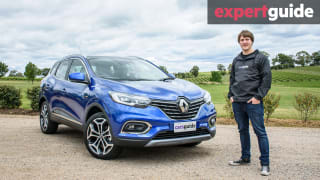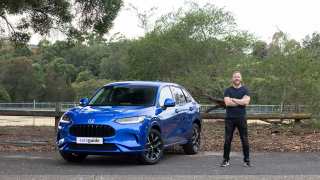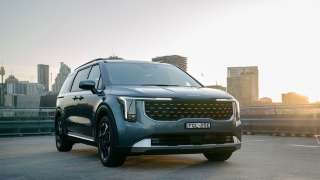First, the price. Yes, the CX-30 is quite a bit more expensive than its CX-3 smaller sibling (which, as it turns out, it will not replace) while only being slightly larger. It shares its underpinnings and much of its switchgear and trim with the Mazda3 hatch, which is not a bad thing at all.
Its $38,990 MSRP places it in competition with other segment-bending SUVs like the Nissan Qashqai and Renault Koleos, but toward the top end of each model’s line-up. The fact that you can have the Mazda in the top-spec Astina grade without being forced into a bigger engine or all-wheel drive is a neat touch for those who don’t care for the extra grunt, and adds real budget flexibility to the range.
You probably don’t need all-wheel drive, especially if you’re planning on sticking to suburban limits anyway.
So, what does the Astina grade buy you? The top-spec car gets 18-inch gunmetal alloy wheels, an 8.8-inch multimedia touchscreen with Apple CarPlay and Android Auto connectivity as well as digital radio and built-in nav, a 12-speaker premium Bose audio system, LED headlights and tail-lights with auto-high beam and progressive indicators, leather trimmed seats with 10-way power adjust for the driver, heating for the front two seats, front and rear parking cameras and sensors with a 360-degree top-down function, dual-zone climate control, and keyless entry with push-start ignition.
Sounds like a lot. And it is. Keep in mind the Astina also has an equally formidable safety suite which you can read about later in this review, but suffice it to say it’s one of the best in the segment.
There is a slight catch, though. The grand majority of the equipment (bar some of the luxe stuff like leather heated seats) comes on the cheaper Touring and most of the necessary stuff comes on much cheaper Evolve grade, and to look at from the outside, there really isn’t much to distinguish them, either.
It also lacks some small non-deal breaking advanced connectivity items (which you might expect in premium-badged rivals) like USB-C, wireless phone charging, or a Wi-Fi hotspot.






















